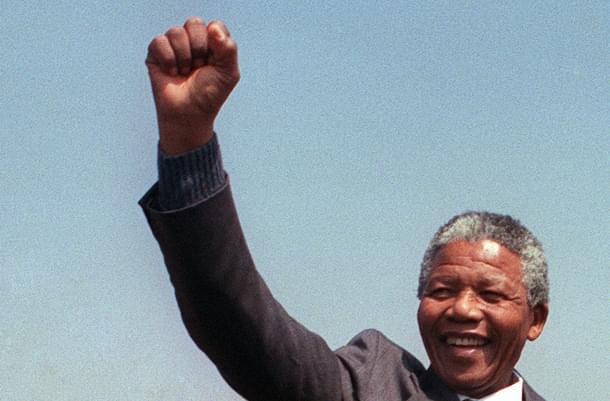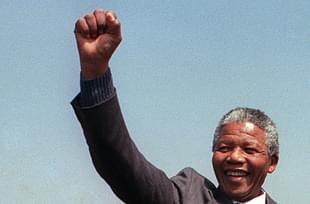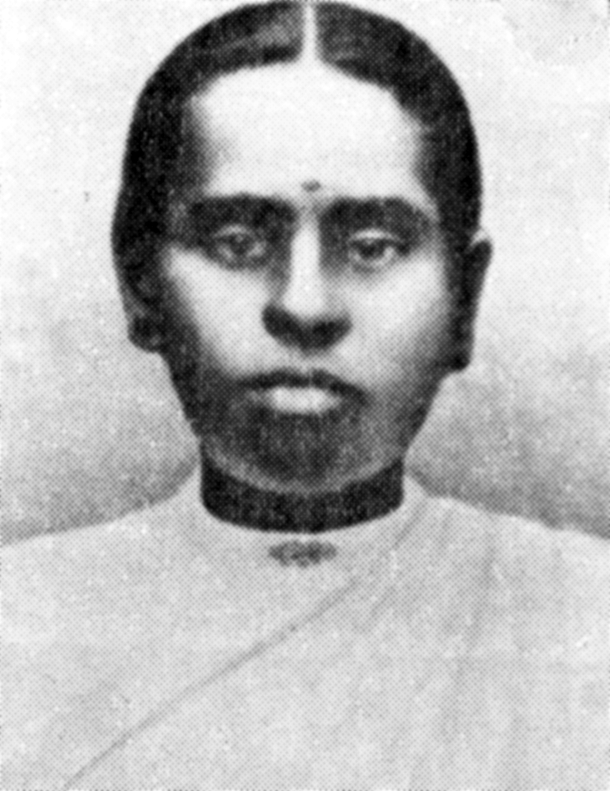Culture
Deepavali As A Festival Of Freedom In South Africa
Aravindan Neelakandan
Oct 30, 2016, 01:08 PM | Updated Oct 28, 2023, 05:44 PM IST
Save & read from anywhere!
Bookmark stories for easy access on any device or the Swarajya app.


One of the earliest fights for the rights of non-white people in South Africa started with the festival of lights - Deepavali. Historians, Ashwin Desai and Goolam Vahed, in their book Inside Indenture (2010) had brought out how in the 1860s, the indentured labourers from India started to fight for their right to celebrate Deepavali, which was opposed by the colonial authorities. It was only in 1907 they won the rights. Desai observed in 2007:
Being the 100th year of celebrations, we need to recognise and pay homage to those indentured labourers and many other Hindus, who sacrificed a great deal to convince the white colonial authorities that Hinduism was a religion, and that they had a right to celebrate Deepavali.
In 2007, the South African government also issued lengthy greetings on the occasion of the 100th anniversary of celebrating Deepavali in the nation. It noted that the struggle to observe Deepavali was 'one of the central struggles' of the 'Indian working classes, who were imported to labour on the sugar plantations' in South Africa. The communication also appreciated the role of Bhai Paramanad, a freedom fighter, as ‘one of the noble sons of India’ whose main legacy, it noted, was ‘forming Hindu Young Men's Societies throughout Natal in 1906’, which in turn catalysed community-based activities and subsequently struggled for their cultural rights.
Thus in South Africa, Deepavali became a symbolic clarion call for freedom and an end to discrimination that anticipated the arrival of Mahatma Gandhi. Six years after they got the right to celebrate Deepavali, Indians in South Africa would come together to fight their next major battle.
A Martyr’s Pilgrimage That Began On Deepavali
Deepavali celebrations since then served as a focal point for organising Indian community in South Africa against the colonial regime. Desai and Vahed in their most recent work on Gandhi, The South African Gandi: Strecher-Bearer of Empire, (Stanford University Press, 2016) bring out some interesting events associated with Gandhi’s satyagraha in South Africa.
October 1913 saw a new network of passive resistance movement building across South Africa “because of the government's failure to ‘honour’ its commitments to Gokhale and Gandhi”. The campaign had a large number of women. Desai and Vahed suggested that Gandhi the politician needed a martyr in his movement. Gandhi had made Kastur, one of the women satyagrahis, 'promise to offer satyagraha against the ruling regarding non-Christian marriages'. According to Raojibhai Patel, a fellow satyagrahi, Kastur, protested that she might die in prison. To this Gandhi replied with 'a hearty laugh', "Of course, I do wish that. If you die in jail, I will worship you as Jagdamba" (the Mother-Goddess of the universe).
Gandhi did get his martyr. But it was not Kastur.

The photos of the arrest of Indian women satyagrahis were put up on screen at a Deepavali celebration at the West End Bioscope in Johannesburg. Deepavali that year was on October 29. The whole crowd stood up as a mark of respect for the Indian women satyagrahis arrested and put in prisons. On the same Deepavali day, 29 October, Valliamma Munuswami crossed into Natal along with her mother offering sathyagraha. She was arrested along with her mother. Both her parents were supportive of Gandhi's campaigns in 1906-08. She was convicted along with her mother on 22 December, and fell ill during her imprisonment (along with hard labour). When her health condition deteriorated, she was offered an early release, which she refused. She died on 22 February 1914, 11 days before her release. Gandhi got his martyr. Valliamma Munuswami was 16 when she became a martyr in passive resistance fighting for the recognition of Indian non-Christian marriages by the colonial government.
Mandela And Deepavali
Nelson Mandela also noted how Deepavali helped him while languishing for years in the Robben Island prison.
I recall Mr Govender from Cape Town and Mr Padyachee from Pretoria. They would come and offer prayers with us and bring with them parcels of sweetmeats. The authorities were insistent that these parcels were only for believers in the Hindu faith. Through our struggles were able to challenge the authorities on this narrow conception, and we insisted that all the embracing philosophies that Hinduism is based on extended a hand to all of humanity.
In conclusion, he reinterpreted the Ramayana’s association with the festival in the context of the fight for freedom:
In our struggle in this country there are many lessons that can be drawn from the festival & the Epic The Ramayana, which is closely associated with the festival. We are on the verge of entering a new era in this country. We have to light lamps of thanks giving the enlightenment as we go forward into the future in peace and hope and prosperity.
The South African saga of Deepavali provides us the instance where the festival of lights reveals its dimension as the festival of freedom, and its capacity to become the nodal point in building the global fraternity of indigenous spiritual traditions in a post-colonial world.
Aravindan is a contributing editor at Swarajya.





